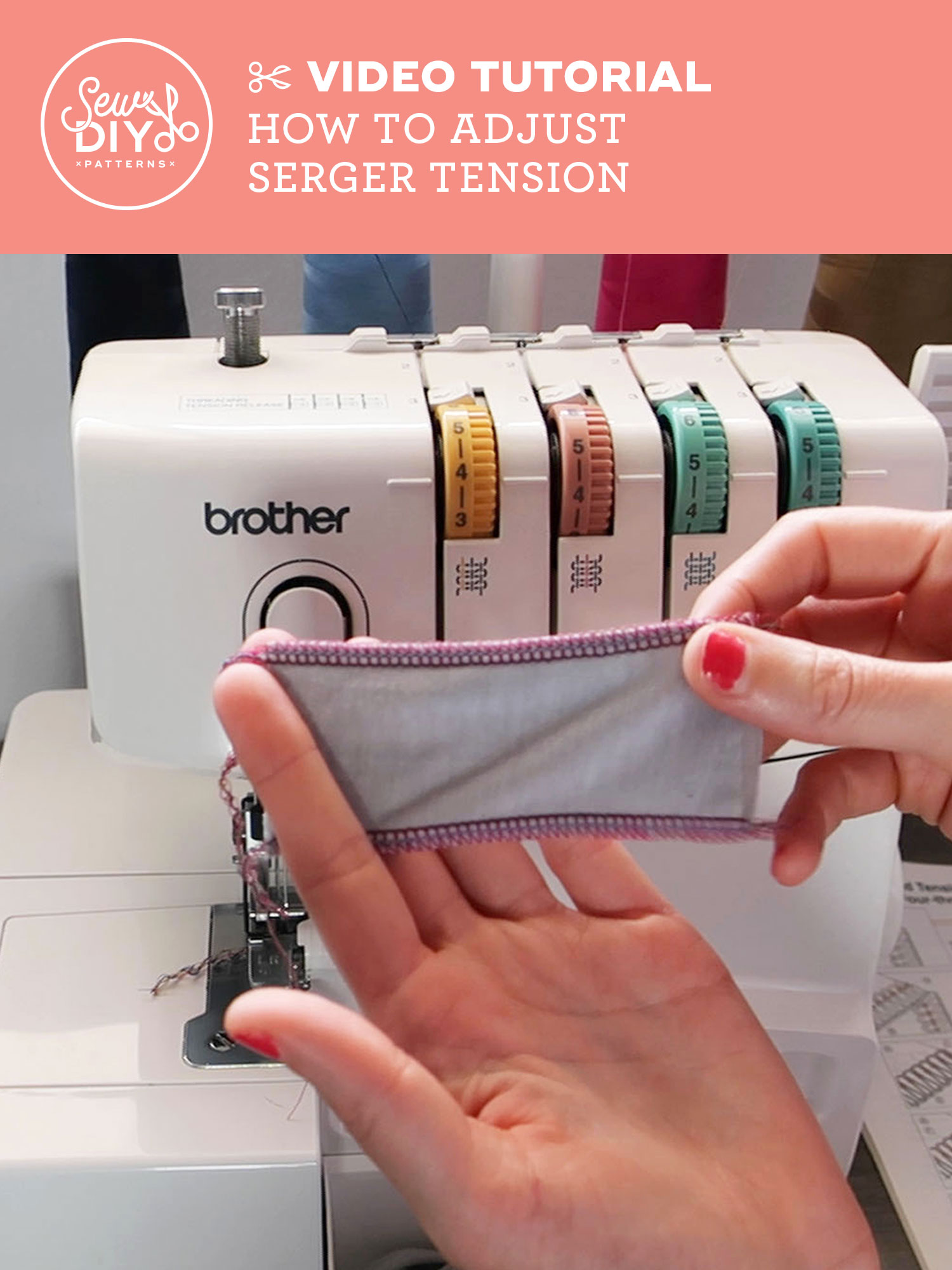Welcome to the third installment of the Jodi Knit pants sewalong. In today's post, we'll talk about measuring yourself and selecting a size. Then I’ll go over some details of the pattern pieces and some common pattern adjustments. Let’s get started!
Watch the video above (or on YouTube) for all the details on selecting your size and common pattern adjustments. See the time stamps below if you want to skip ahead to different sections.
TIMESTAMPS
About the Jodi Knit Pants Pattern 00:06
How to measure and select size 00:40
Pattern Details 6:15
Common Pattern Adjustments 8:33
How to Lengthen or Shorten 8:47
How to grade between sizes 9:30
How to change the width of the leg 11:03
TUTORIALS REFERENCED IN THE VIDEO
How to Calculate Fabric Stretch Percentage
How to measure and select your size
The Jodi Knit Pants are drafted for sizes A-P, up to a 62” (157.5cm) hip measurement. These pants have what I’m calling a “skim fit” with just 1” (2.5cm) of negative ease at the hips. It’s fitted but not exactly form-fitting.
To take your measurements, you'll want to use a flexible measuring tape and start by measuring the circumference of the “natural” waist and fullest part of the hips. The most important measurement for this pattern is the hip circumference.
I also recommend determining where you want the waistband of the pants to sit and then measure the circumference at this mid-waist point. Next, measure straight down from the center mid-waist point to estimate your desired Crotch Depth. (See the video above for a demonstration.)
TIPS FOR TAKING MEASUREMENTS
Try to have that measuring tape be level to the ground.
Don't pull it too tight or let it fall down. Just have it in a really comfortable position.
You may want to take measurement both standing up and sitting down.
When selecting your size, I recommend starting with your hip measurement. If you are between sizes, it’s ok to size down. A number of my testers wanted a snugger fit and found that sizing down worked well. That said, if you want a looser fit, you can size up or cut in between sizes.
Next, look at the finished measurements and consider whether you want to grade to a different size for your hips or change the length of the rise.
COMMON Pattern adjustments
Adjust the length
The first pattern adjustment that you may want to consider is to the length of the pant leg or the rise. This pattern is drafted for a height of 5’10” and has an inseam of 32”. The pattern includes Lengthen/Shorten lines in the rise and in the lower leg where you can cut the pattern and adjust.
I go into detail on these adjustments in these video blog posts:
How to Lengthen or Shorten the Rise of a Pants Pattern
How to Lengthen or Shorten the Leg of a Pants Pattern
Adjust the width of the pant leg
This adjustment would be for style rather than fit but I thought it was worth sharing. The most important thing is to make sure that you make the same adjustment to the inseam and to the outseam. This will ensure that the pant leg remains balanced and the it will hang straight without twisting. In the video at the top of this post, I show how to draw the balance line and create a tapered leg.
Grade between multiple sizes
It’s very common to have your measurements fall into multiple sizes. If the size difference between your waist and hips is significant, you may want to grade between two different sizes at the waist and hip.
About the Sew DIY Jodi pattern:
The Jodi Wide Leg Knit pants are the perfect mix of style and comfort. These ankle length pants feature angled side seam pockets, a medium rise and a lightly gathered elastic waistband. These pants are easy to sew, comfortable to wear and have a stylish wide leg.
This pattern is rated as Advanced Beginner. It’s helpful to have experience sewing with knit fabric but this is easy enough to sew as your first knit fabric sewing project. There are blog posts in the sewalong to help you.
Theses pants are designed to have a “skim” fit with just a little bit of negative ease. You’ll have all the comfort of stretch knit fabric but none of the tightness of a garment like leggings. See the size chart for more details.
If you’d like to save this post for later, you can save the image below to Pinterest. Happy sewing!





























